Archaeological Evidence of the Hansa Trade in Riga
Water, city and freedom – these were signs of recognition of the Hanseatic League, for 400 years uniting nearly 300 cities in 16 countries in the north-east of Europe. Nowadays, Union of Cities THE HANSA organizes a large-scale celebration – International Hanseatic Days – in one of the Hanseatic cities every year to honour these values. Riga has been awarded to organize the event in 2021.
The exhibition “Archaeological evidence of the Hansa trade in Riga” is Museum’s tribute to the Riga Hanseatic Days, which took place in Riga in August.
The Hanseatic League was a trade association of medieval Lower German cities from the 12th to the 17th century. It was established to protect the economic interests of traders in and around the Baltic Sea area. The Hanseatic League embraced the area from the Netherlands to Livonia in a west-east direction and from Scandinavia to Central Germany and Poland in a north-south direction, but its trade relations reached out to all of Europe and parts of Russia. About 70 large cities and more than 100 small towns belonged the League.
The exhibition “Archaeological Evidence of the Hansa Trade in Riga”, which exhibits objects from the archeological collection of the Museum of the History of Riga and Navigation, provides an idea and visualizes the material culture of the people of Riga in the centuries, when Riga was a member of the Hanseatic League. The exhibited ancient objects tell and give substance to the imagination of how people lived in Riga many centuries ago.
Riga’s archaeological material is widely represented by medieval objects, but among them there are few that directly reflect the history of the Hanseatic League and the role of the city in the Hanseatic trade. Typical objects found in the Hanseatic region show not only the trade relations, but also the material culture common to the region. Trade activities of the Hanseatic period are mainly evidenced by the merchants’ equipment found during archaeological research. Import and transit goods typical of the period are less often identifiable.
In the 12th century Lower German traders from Rhineland, Saxony and Westphalia began to strengthen their control over trade in the Baltic Sea region. The establishment of the City of Lübeck, which served as a transit port between the North Sea and the Baltic Sea and occupied a special place in Hanseatic trade. 12th century Lübeck traders settled in Gotland, where the strategically important port of Visby was located, and engaged in trade with the Eastern Baltic and Russia. In the first half of the 13th century, the trade network was consolidated by establishing port cities on the south-eastern and eastern shores of the Baltic Sea and granting them the rights of German cities. German merchants dominated the Baltic Sea in the 13th-14th centuries and had gained extensive privileges throughout Northern Europe.
The Hanseatic League also had several offices outside its territory, which were set up to protect the interests of its merchants and secure trade privileges. The four most important offices were in Novgorod, Bruges, London and Bergen.
The latter half of the 14th century is considered to be the heyday of the Hanseatic League, when the economic power of cities reached its greatest impact. From the 15th century onwards, its influence decreased. Dutch, Upper German and English merchants successfully entered trade as competitors. The influence of cities was also weakened by the formation of centralized states in Northern and Eastern Europe. Following the discovery of the New World in the 16th century, the economic importance of the Atlantic area grew, in which the Hanseatic League no longer could retain its place. Although even in the 16th century attempts were made to reform the Hanseatic League, it had already become insignificant. In the second half of the 17th century, the Hanseatic League actually ceased to exist.
In the late 12th century, along with missionaries, Lower German merchants also came to Livonia. At the beginning of the 13th century, the newly established city of Riga, which was actively involved in commerce, emerged as the mission centre. Due to Riga’s geographical location, it became an important transhipment point between west and east and played a major role in the Hanseatic trade.
Riga and the other large Hanseatic cities of Livonia – Reval (Tallinn) and Dorpat (Tartu) – were the main centres for further transit to Russia – Pskov, Smolensk and Novgorod.Trade was the economic basis of medieval Riga, which promoted its growth and the development of urban lifestyle.
The creation of the Hanseatic trade infrastructure with ports and warehouses for the storage of goods determined the emergence of the typical medieval urban environment in Riga, thus making it similar to other cities in the region.
At the same time, Riga was primarily interested in strengthening its trade position and securing profitability. This is illustrated by the documents in the 14th and 15th centuries prohibiting transactions of visiting traders without the mediation of Riga’s traders, as well as forbidding to strengthen trade relations with Hanseatic competitors, Dutch merchants, in the 15th and 16th centuries. After 1559, representatives of Riga no longer participated in Hanseatic meetings.
During the Hanseatic League, Riga became an important trade center in the Baltic Sea region. Riga developed into a western city both in terms of its architecture and city planning, and in terms of its system of government.
The history of the Hanseatic League, its experience, mistakes and achievements is a valuable source of knowledge not only for historians, but also for modern politicians and businessmen. Hanseatic merchants formed the first trade and economic union in Europe many centuries ago.
The exhibition will be open until October 10.
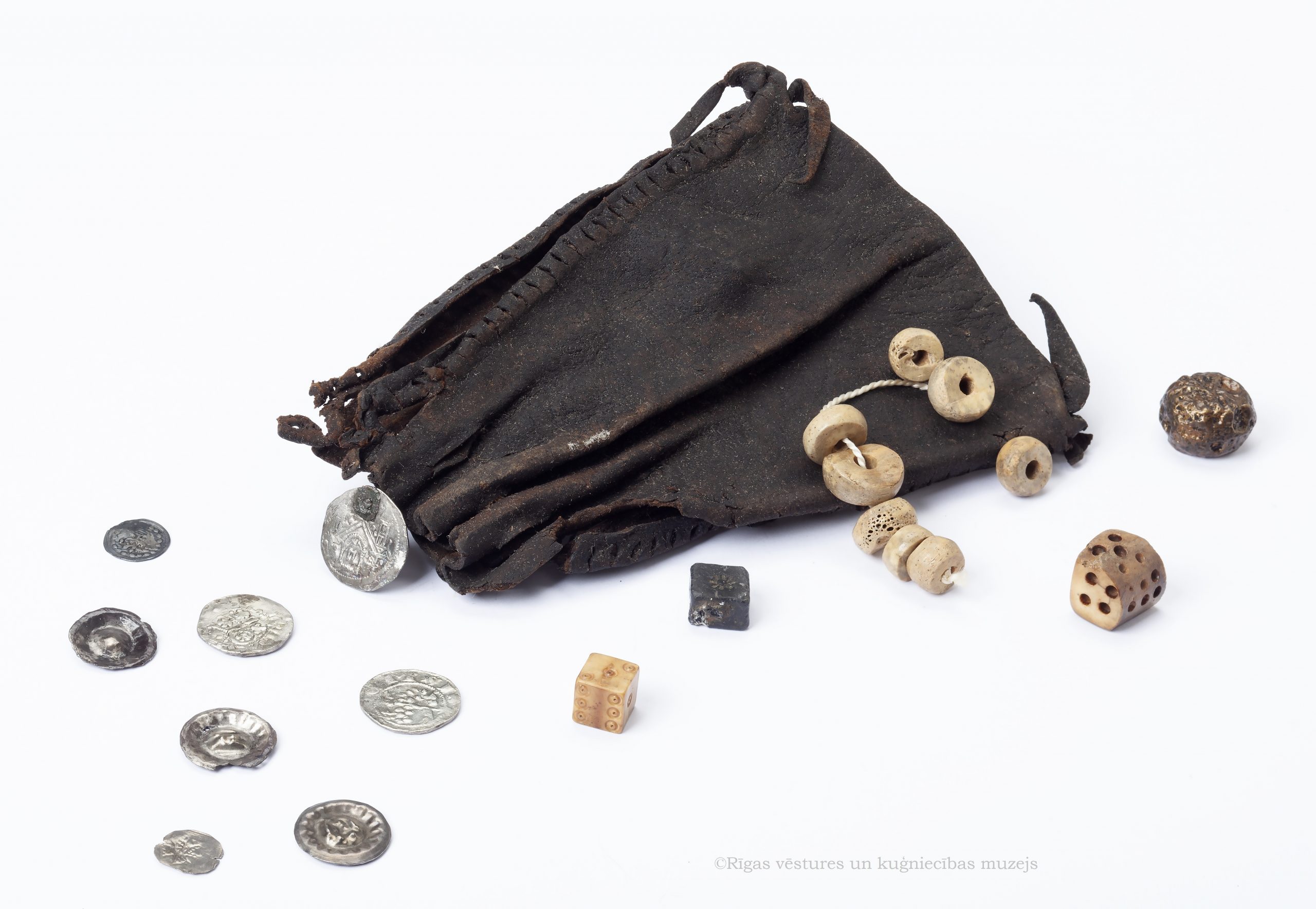
Coin – Visby pfennig, 13th century. From the Collection of the Museum of the History of Riga and Navigation.
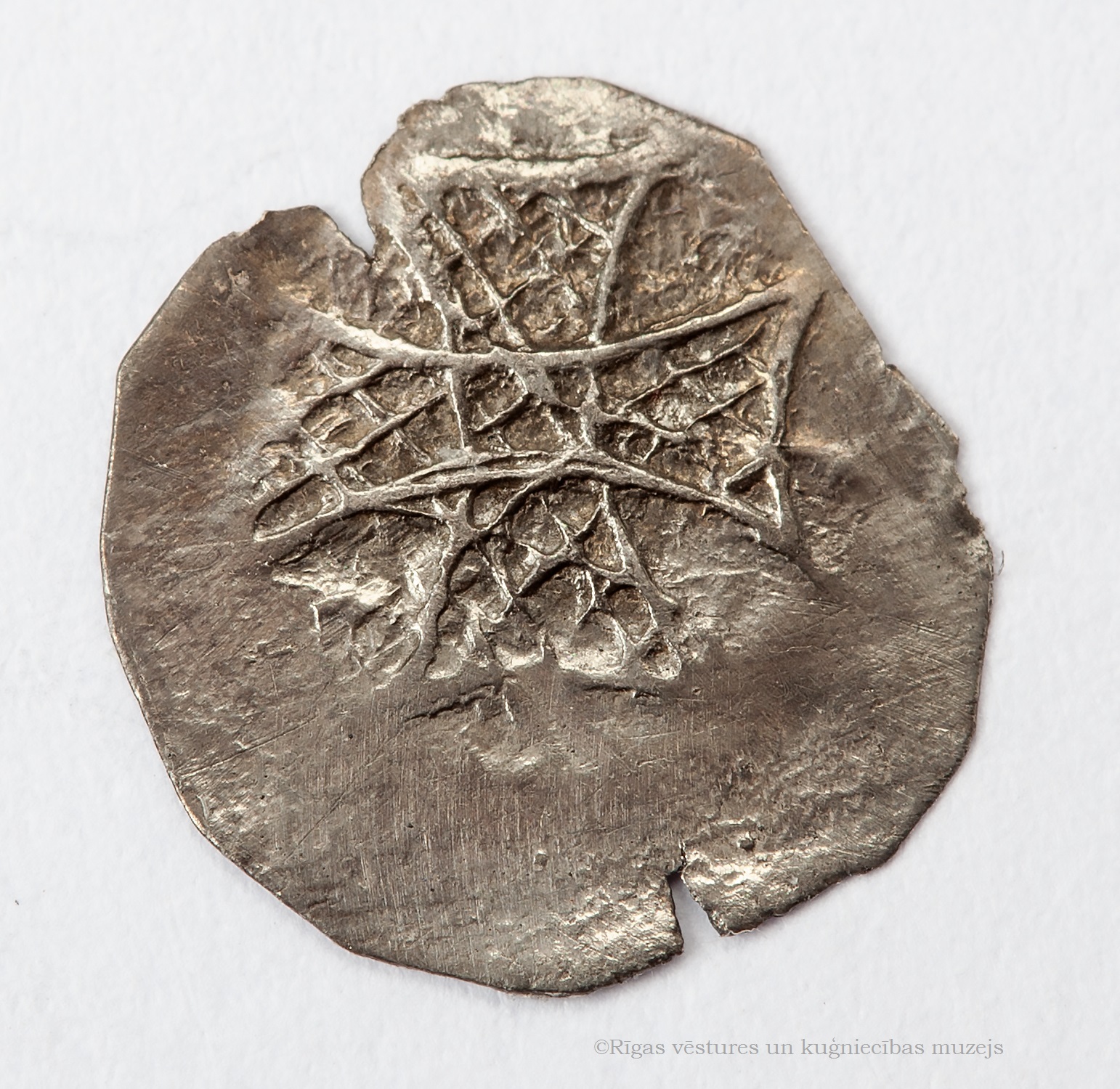
Bronze counterweight, 13th century. From the Collection of the Museum of the History of Riga and Navigation.
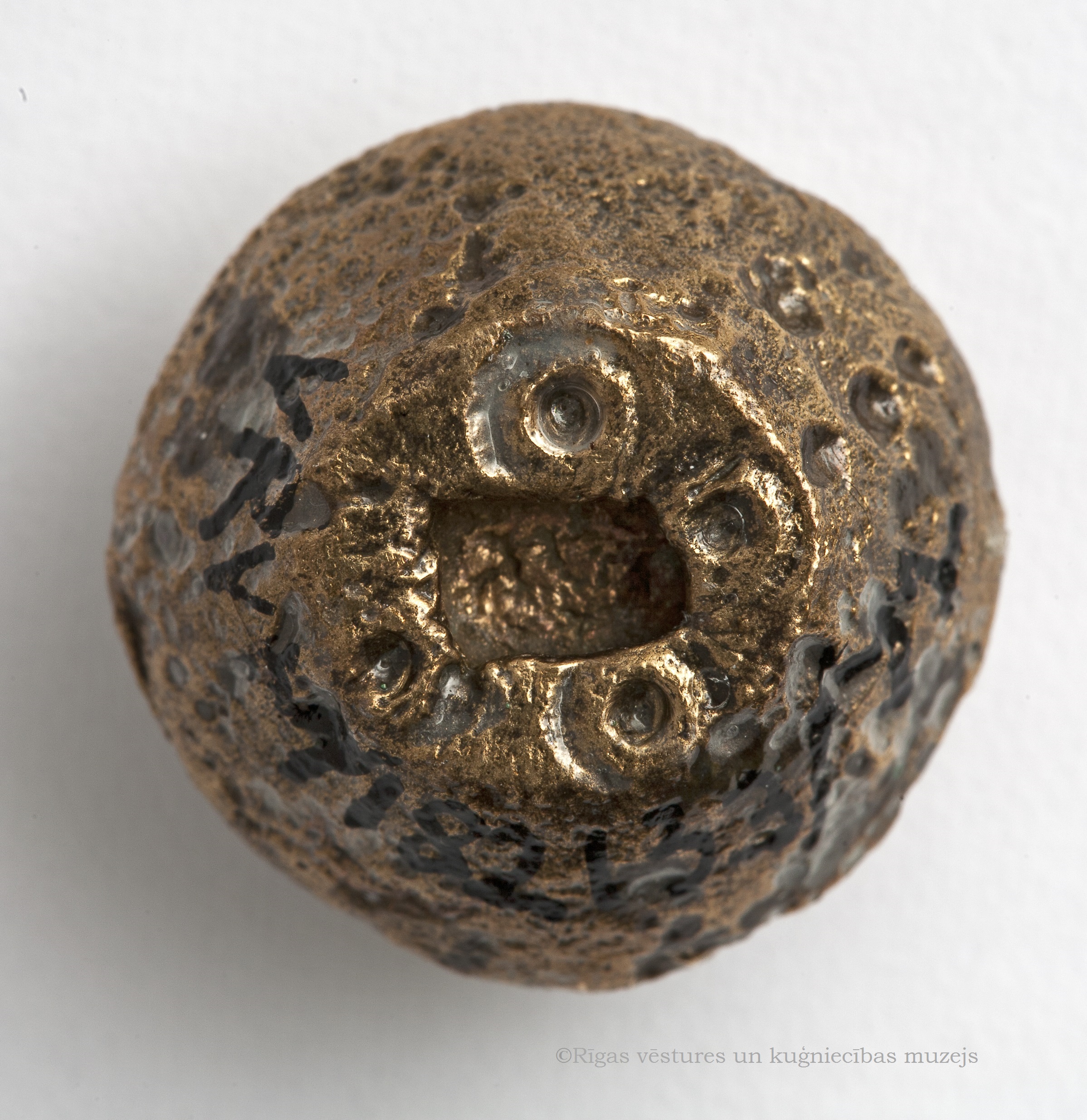
Decorative wallet fitting. 15th cent. From the Collection of the Museum of the History of Riga and Navigation.
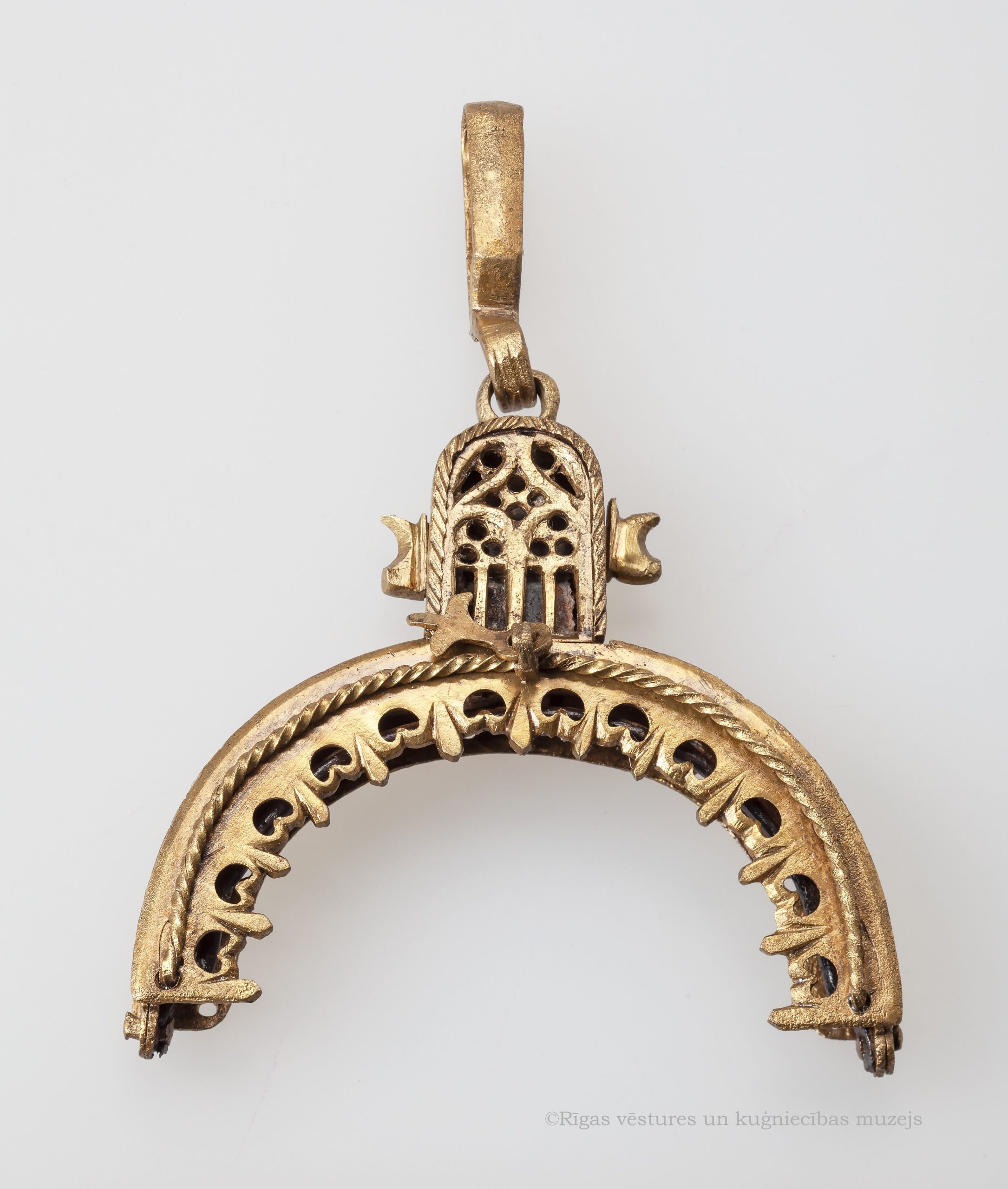
Rhineland stoneware ceramics. 14th cent. From the Collection of the Museum of the History of Riga and Navigation.
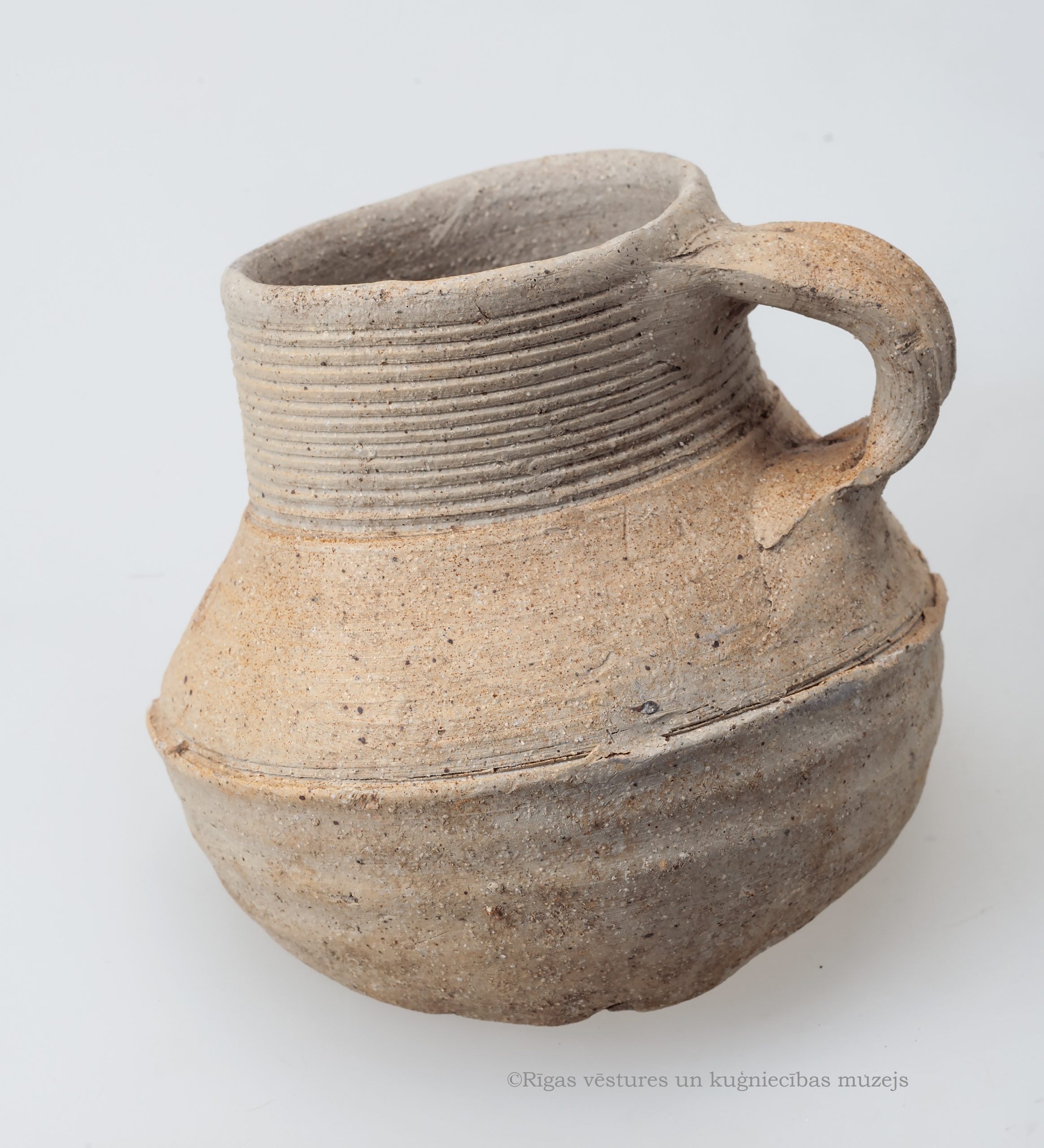
Conical jug – cup. Rhineland stoneware ceramics. 1st half of the 16th cent. From the Collection of the Museum of the History of Riga and Navigation.
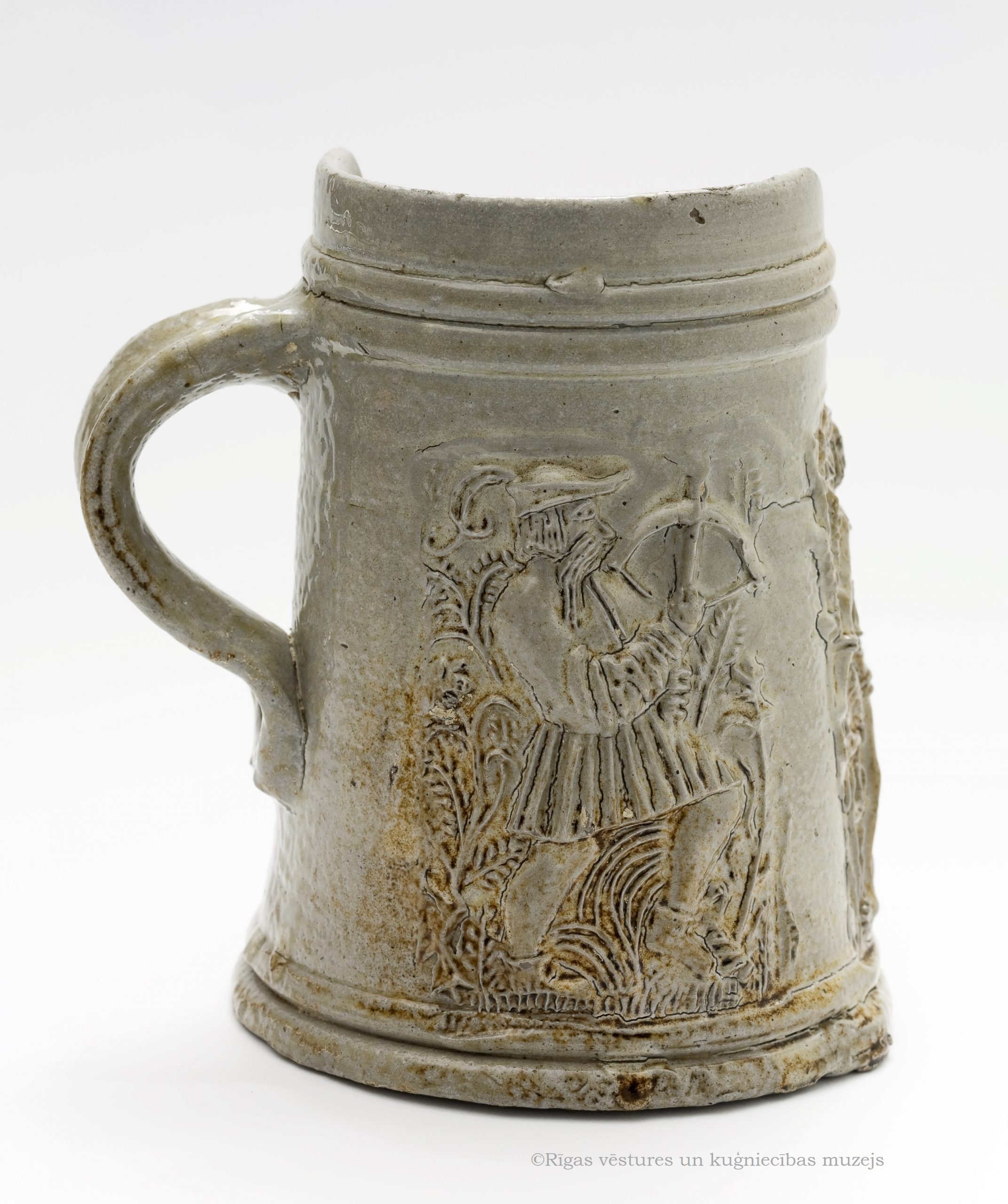
Conical jug – cup fragment. Rhineland stoneware ceramics. 1st half of the 16th cent. From the Collection of the Museum of the History of Riga and Navigation.
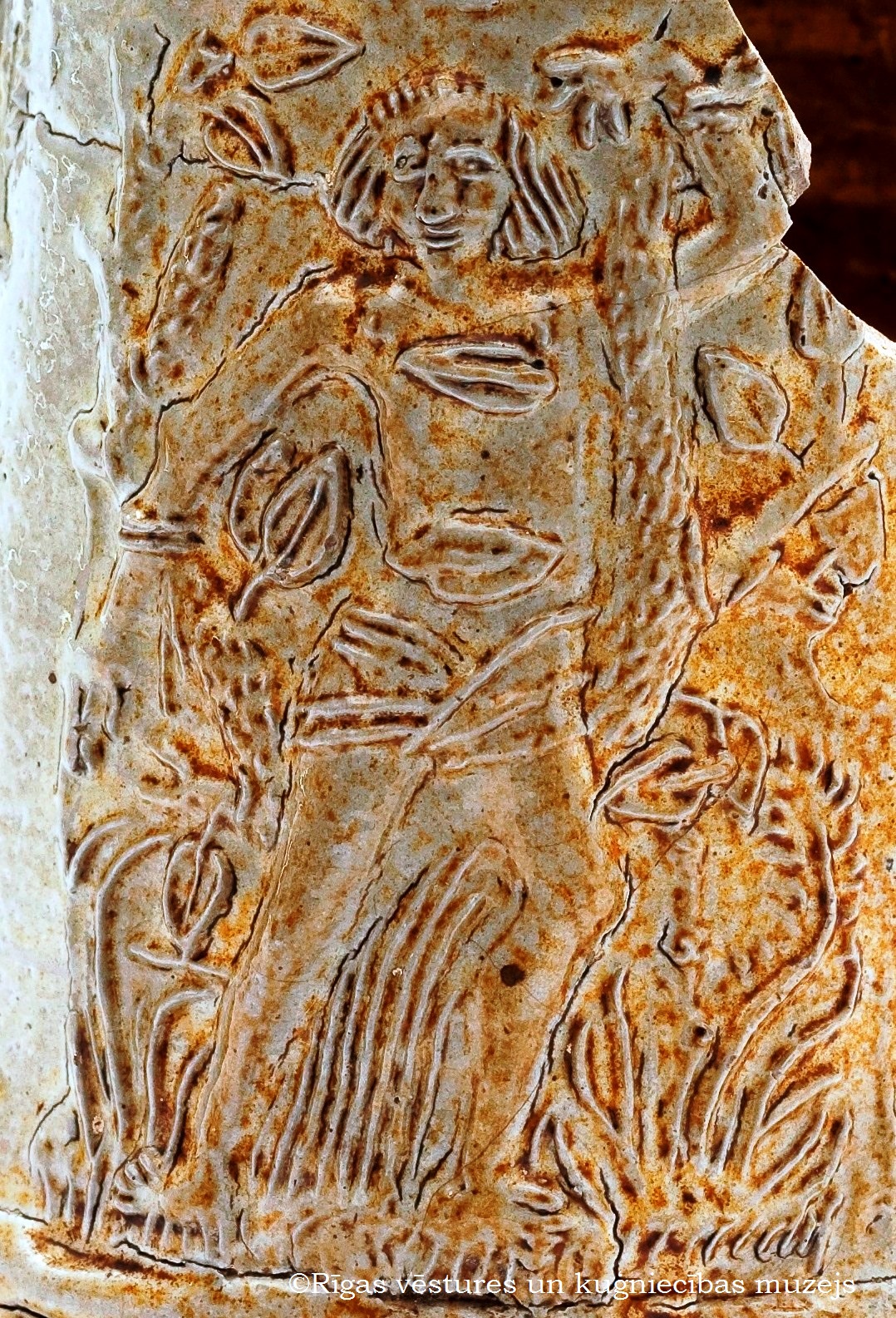
Conical jug – cup fragment. Rhineland stoneware ceramics. 1st half of the 16th cent. From the Collection of the Museum of the History of Riga and Navigation.
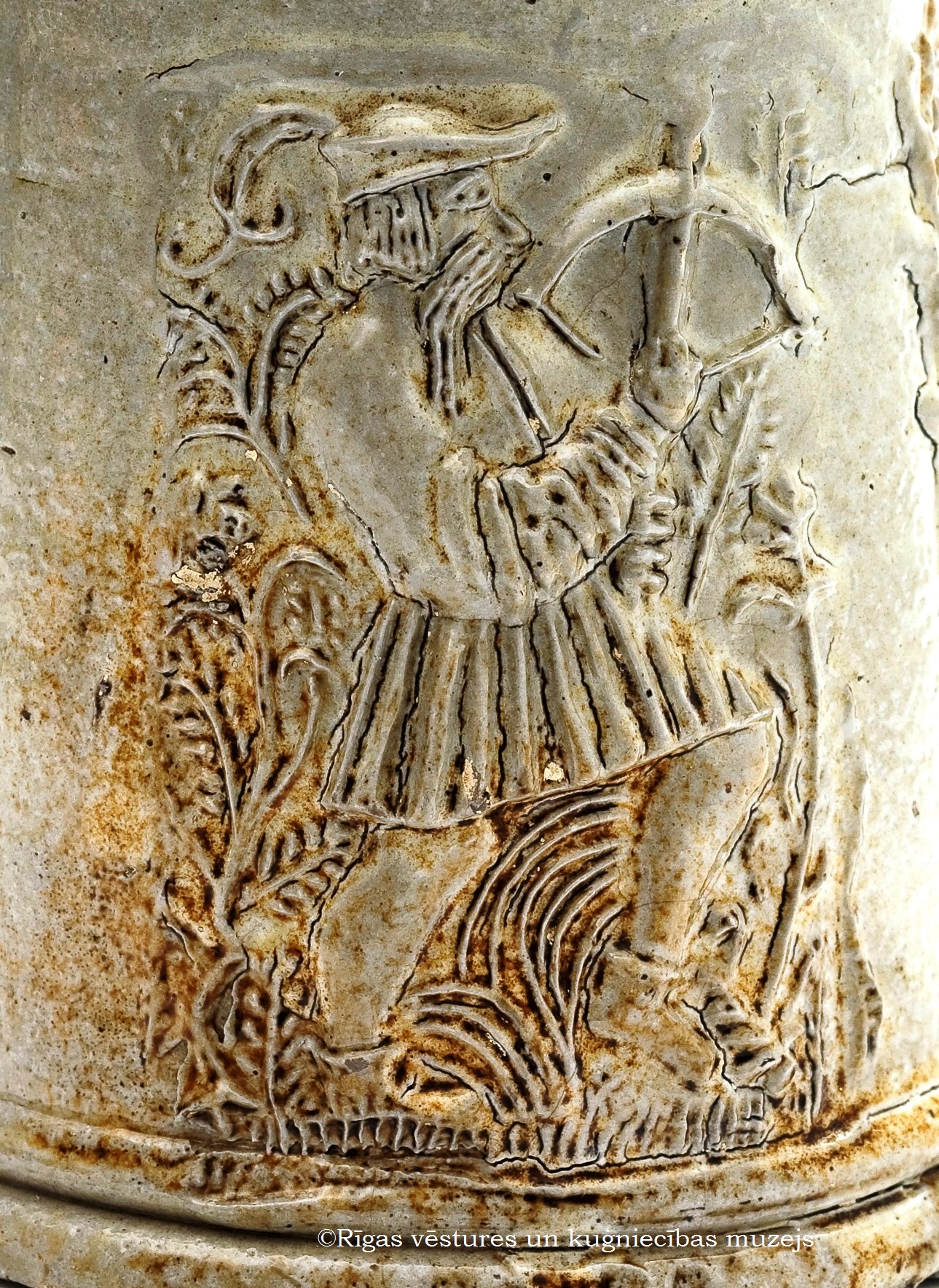
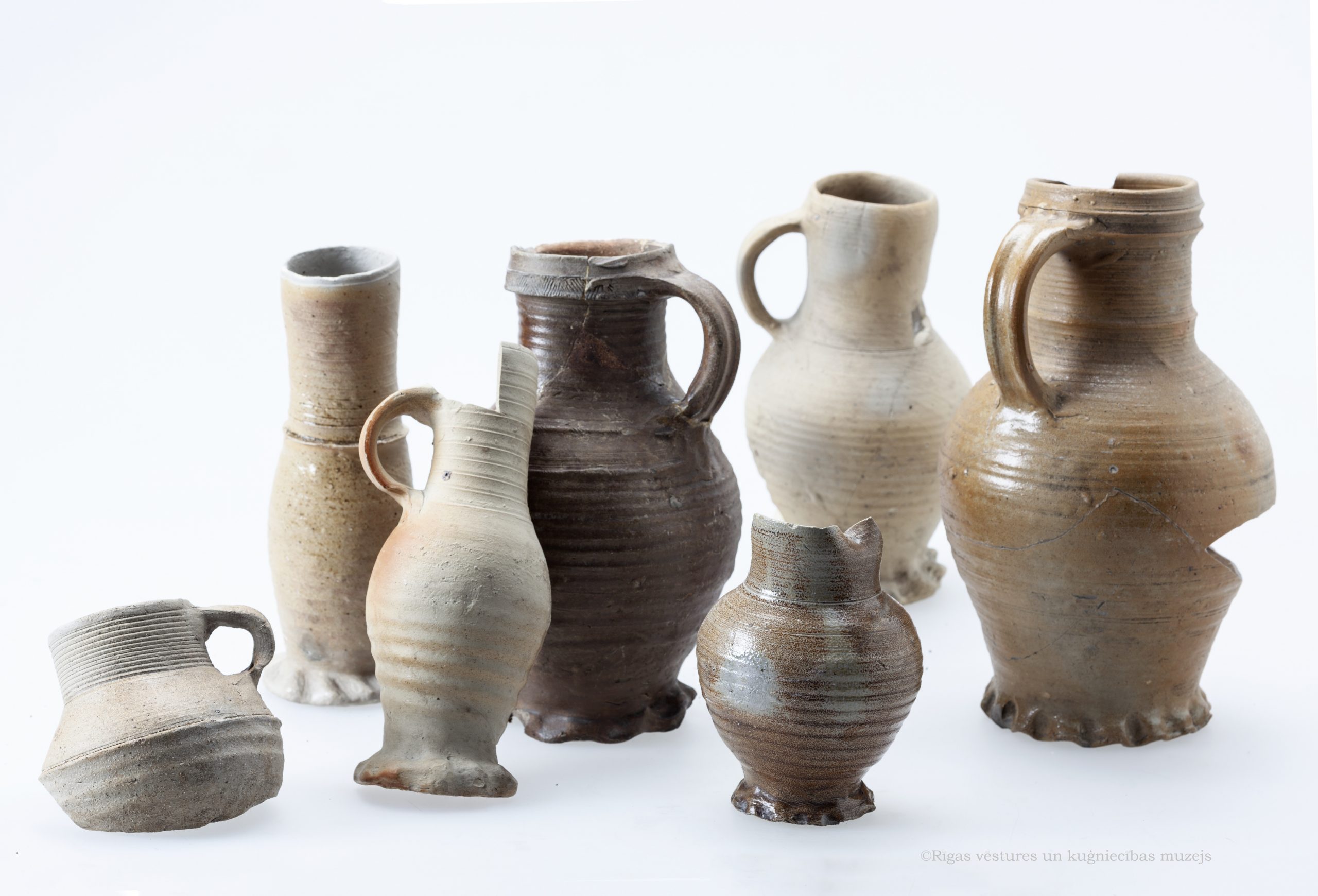
Rhineland stoneware ceramics. 13th cent.-1st half of the 16th cent. From the Collection of the Museum of the History of Riga and Navigation.




